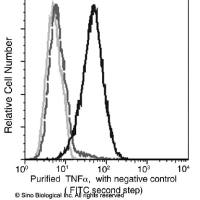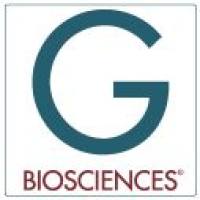Transgenic Studies in the Mouse: Improving the Technology Towards a Conditional Temporal and Spatial Approach
互联网
411
The biological consequences of altered gene expression as a result of gain of function mutations or gene dosage remains an important question in molecular biology and molecular medicine. This is of particular interest in medical research due to the many clinically relevant diseases that involve altered gene expression. The biology of cancer is one such example whereby a spectrum of genes may be inappropriately activated or inactivated contributing to disease progression. These genes provide ideal and direct targets for the development of cancer therapeutics and emphasize the requirement for transgenic mice as in vivo disease models. Furthermore, the inappropriate expression of transcription factor encoding genes may lead to dysregulation of gene expression and significant biological consequences. These questions can only be addressed by using technical strategies that allow the introduction or activation of a test protein in a given spatial and temporal manner. New technologies are continually being sought in order to generate sophisticated animal models that appropriately reflect the genetic basis of the disease of interest. These animals have the added benefit of being invaluable in drug discovery (1 ).









